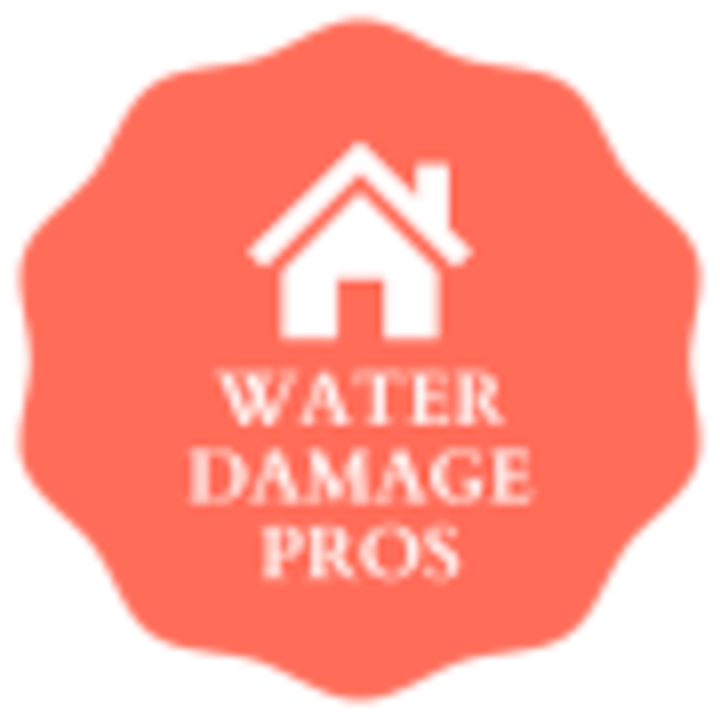Floor Drying Techniques: Addressing Water Damage In Different Flooring Types In Martinsburg, WV
Are you dealing with water damage in your home or business in Martinsburg, WV? Don't worry, we've got you covered. When it comes to addressing water damage in different types of flooring, it's essential to have the right techniques in place. In this article, we will guide you through the process of floor drying, ensuring that you understand the necessary steps to take for each flooring type. First, we will help you identify the extent of the water damage. Understanding the severity will allow you to take appropriate action. Next, we will discuss the importance of removing excess water and moisture from your floors. This step is crucial to prevent further damage and the growth of mold and mildew. For hardwood flooring, we will provide you with specific drying techniques to protect the integrity and beauty of your floors. If you have carpeted floors, we will share effective methods to ensure a thorough drying process. Lastly, we will address the special considerations for tile and laminate flooring. With our expert guidance, you will learn how to tackle water damage in these flooring types effectively. Stay tuned for our comprehensive guide on floor drying techniques to eliminate water damage and restore your flooring to its former glory.Identifying the Extent of Water Damage
Let's find out just how much damage that water has caused, shall we? When it comes to addressing water damage in different flooring types, the first step is to identify the extent of the damage. This is crucial in order to determine the best course of action for drying the floor effectively. For hardwood floors, water damage can lead to warping, cupping, or even buckling. In carpets, water damage can result in mold growth and unpleasant odors. Laminate and vinyl floors may show signs of swelling or discoloration when exposed to water. By assessing the level of damage, we can tailor our floor drying techniques to each specific flooring type, ensuring an efficient restoration process that brings your floor back to its original condition.Removing Excess Water and Moisture
To effectively combat excess water and moisture, it's essential to promptly remove them from various types of flooring. Whether you have hardwood, carpet, laminate, or tile flooring in your Martinsburg, WV home, addressing the water damage promptly is crucial. Start by removing any standing water using a wet vacuum or mop. Next, utilize air movers and dehumidifiers to dry out the affected area. These devices will help to circulate the air and remove excess moisture, preventing the growth of mold and mildew. Additionally, it's important to thoroughly clean and disinfect the flooring to prevent any bacterial or fungal growth. Remember, the longer excess water and moisture are left untreated, the greater the risk of permanent damage to your flooring. Act swiftly to restore your flooring and create a safe and healthy living environment.Specific Techniques for Hardwood Flooring
Promptly removing excess water and moisture from hardwood floors is crucial in preventing permanent damage and creating a safe and healthy living environment. When dealing with water damage on hardwood floors, it's important to act quickly and effectively. Start by mopping up any standing water using absorbent materials or a wet-dry vacuum. Next, use dehumidifiers and fans to help dry out the affected area. Ensure proper ventilation by opening windows or using air circulation systems. Avoid using excessive heat or direct sunlight, as it can cause the wood to warp or crack. Consider using specialized hardwood floor drying techniques, such as using a moisture meter to monitor moisture levels and applying a wood cleaner to prevent mold growth. Lastly, consult with professionals experienced in hardwood floor restoration to ensure the best outcome. Taking these steps will help preserve the beauty and integrity of your hardwood floors.Effective Drying Methods for Carpeted Floors
When it comes to saving your cherished carpet from potential disaster, you'll want to ensure you have the most effective drying methods on hand. Water damage can wreak havoc on carpeted floors, leading to mold growth and a host of other problems. The first step in the drying process is to remove any standing water using a wet/dry vacuum or a mop. Next, it's important to create airflow by opening windows, using fans, or utilizing a dehumidifier. To expedite drying, you can also lift the carpet and place fans underneath. It's crucial to act quickly to prevent any further damage and potential health hazards. Additionally, professional carpet cleaning services can provide advanced drying techniques, such as using specialized equipment and moisture meters to ensure your carpet is thoroughly dried. By following these effective drying methods, you can restore your carpeted floors and maintain a healthy living environment.Tile and Laminate Flooring: Special Considerations
Consider the unique challenges that tile and laminate flooring present in maintaining a dry and healthy living space. Both tile and laminate flooring can be susceptible to water damage, but they require different drying techniques compared to carpeted floors. When dealing with water damage on tile floors, it is important to quickly remove any standing water and thoroughly dry the area to prevent mold growth. Special attention should be given to the grout lines, as they can absorb water and become a breeding ground for mold. For laminate flooring, it is crucial to act swiftly and remove any water as soon as possible, as prolonged exposure can cause the planks to warp or swell. Using dehumidifiers and fans can aid in drying the area effectively. Remember, addressing water damage promptly is key to maintaining a safe and healthy environment in your home.Get in touch with us today
We want to hear from you about your water damage restoration needs. No water damage restoration problem in Martinsburg is too big or too small for our experienced team! Call us or fill out our form today!
